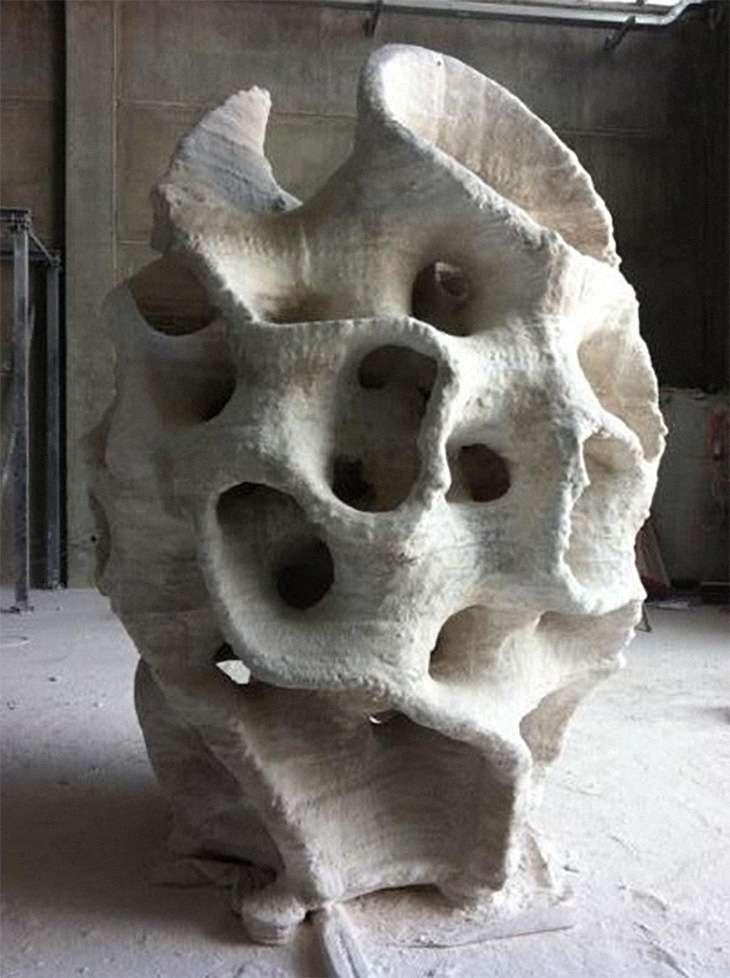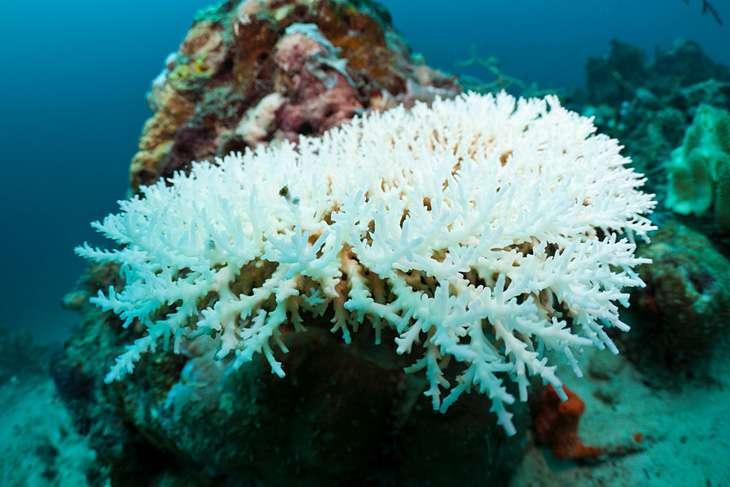3D printing could be our best chance to save the dying Great Barrier Reef

While Donald Trump may have pulled the US out of the Paris Climate Accord, there is increasing global consensus about the reality of climate change. 2015 was the hottest year on record in the history of weather records. 2016 topped it. And, if you thought these were just a few bad years, new evidence from NASA shows that the Earth is warming is the worst it's been in the past millenia!
As if that wasn't bad enough, the rising temperatures have also resulted in coral reefs worldwide undergoing massive bleaching. Not a month goes by without news reports providing us with grim reminders about the precarious condition of the Great Barrier Reef.
Also read - Scientists discover earliest 'Jurassic corals
With government policies to fight climate change not adapting fast enough, things have gotten so out of hand that scientists have now turned to 3D printing to save our oceans.
A 3D solution
Government policy to combat climate change just isn't progressing fast enough. So scientists are taking matters into their own hands. The problem here is that coral restoration processes currently in use, like growing them in labs and transplanting them, are labour and time intensive - two luxuries we really do not have.
One island, Bonaire, is looking to use 3D printing to overcome this. What's more, the tiny Caribbean island has brought Fabien Cousteau, grandson of legendary oceanographer Jacques Costeau, on board to help them with this.
In collaboration with the island's Harbour Village Beach Club, Costeau will plan and design 3D printed coral that will mimic actual coral in terms of shape, colour, texture and, importantly, chemical composition.

This artificial coral will attract coral polyps, the organisms that make up coral reefs. The congregation and growth of these corals will in turn attract organisms that rely on corals and help rejuvenate dying reefs or create new ones altogether.
While attempts to attract coral polyps before, such as sinking ships or concrete blocks in shallow waters, do work, the 3D printed corals work far more effectively. For starters, coral polyps are attracted to a particular colour - a pinkish-white. In addition, they prefer to grow on surfaces with ridges and crevices which help them avoid predators. Surfaces that are too alkaline or acidic are also an obstacle, so controlling the pH of these surface is vital. 3D printed coral therefore, is the ideal solution.
Also read - WWF just paid AU$100,000 to protect the Great Barrier Reef
While the idea has been trialled off the coasts of Monaco and Bahrain, Costeau wants to use Bonaire as an example to highlight the advantages of the process and encourage governments worldwide to follow suit.
The importance of corals
We've all heard of the great barrier reef and seen pictures of its phenomenal biodiversity. What a lot of us don't realise though, is just how important corals are to the survival of both ourselves as well as the ocean.
For starters, coral reefs support 25% of all marine species. Without them, all of these species, from small fish to sea turtles and stingrays, face an uncertain future. Consequently, birds that feed on the fish that depend on the coral habitat are also affected. But that is only the most obvious reason.
Also read - 'Great Barrier Reef faces 'complete ecological collapse'; Lakshadweep not far
These reefs also protect coastal areas from tsunamis and tropical storms. Apart from that, the ecosystem they support rakes in billions in tourism and commercial fishing. Estimates suggest that half a billion people rely on coral reefs in one way or another for their livelihood.
The coral crisis
Despite their obvious importance, coral reefs worldwide are in danger of dying out altogether. Warmer than usual temperatures have lead to the phenomenon of coral bleaching.

This bleaching occurs when warm temperatures cause corals to expel the algae that live in their tissues. The absence of the algae, which give the corals their vibrant colours and provide 90% of their energy, cause the corals to starve, hardening them and turning them white, eventually leading to death.
In 2005, the US lost half its Carribean coral reefs in one fell swoop due to the phenomenon. But things have gotten really, really dire in the last year. Already, reefs around 38 countries as well as archipelagos have been affected by bleaching.
In April 2016, over 90% of Queensland's Great Barrier Reef was estimated to be damaged by the phenomenon. But scientists believe the worst is yet to come. Some estimates show that, with the planet's current rate of warming, 50% of corals worldwide will be dead by 2050. 90% by 2100.
First published: 3 September 2016, 22:44 IST






![BJP's Kapil Mishra recreates Shankar Mahadevan’s ‘Breathless’ song to highlight Delhi pollution [WATCH] BJP's Kapil Mishra recreates Shankar Mahadevan’s ‘Breathless’ song to highlight Delhi pollution [WATCH]](https://images.catchnews.com/upload/2022/11/03/kapil-mishra_240884_300x172.png)

![Anupam Kher shares pictures of his toned body on 67th birthday [MUST SEE] Anupam Kher shares pictures of his toned body on 67th birthday [MUST SEE]](https://images.catchnews.com/upload/2022/03/07/Anupam_kher_231145_300x172.jpg)






